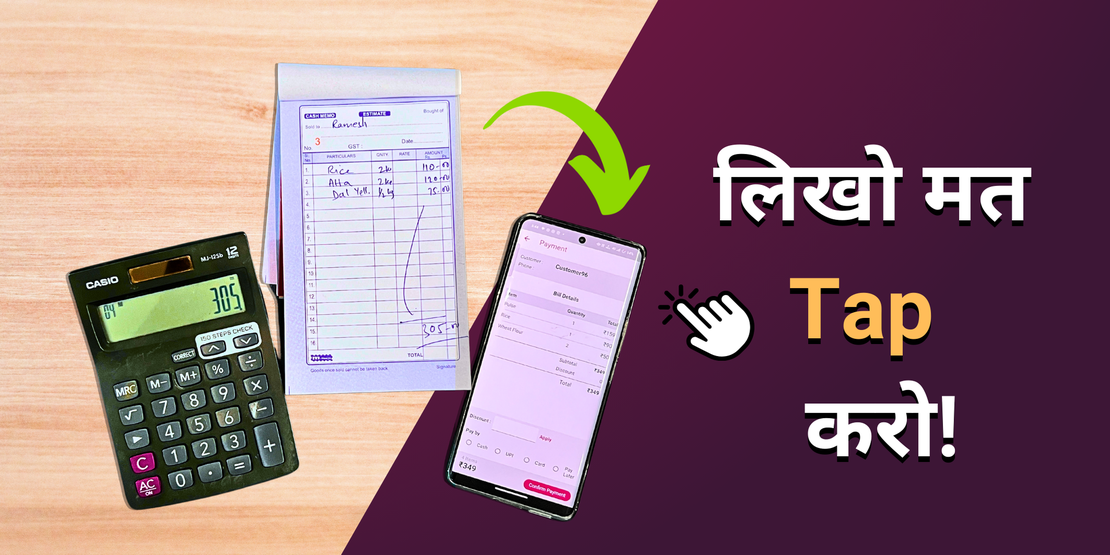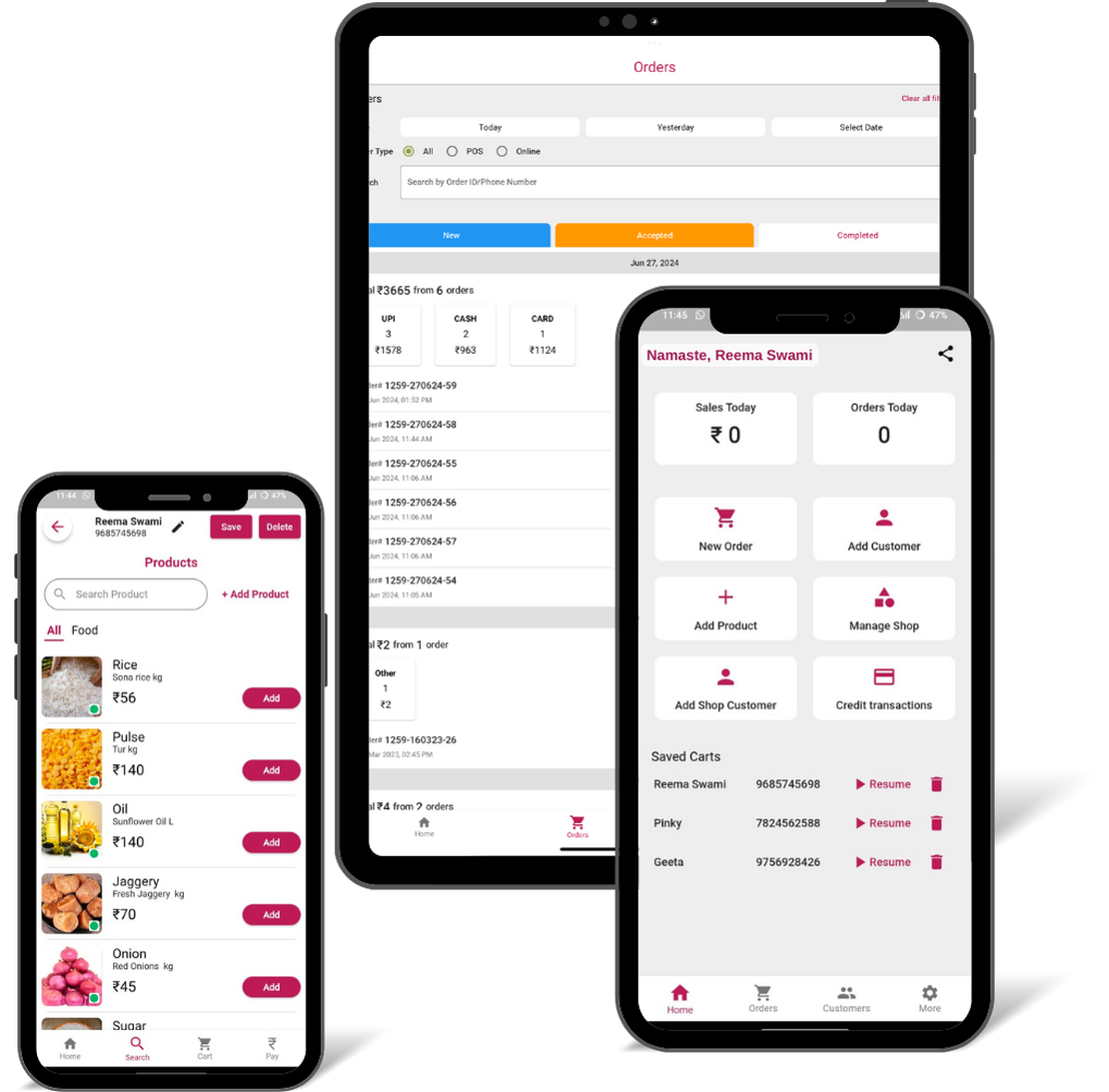Mobile POS vs. Manual Billing: Which is Right for You?
September 11, 2024
Introduction
In today’s fast-paced business world, efficient billing is crucial for the success of any enterprise. Whether you’re running a small retail shop or a bustling restaurant, choosing the right billing method can save you time, reduce errors, and improve your bottom line. Let’s explore two popular billing approaches: manual billing and mobile Point of Sale (POS) systems.
Manual Billing: The Traditional Approach:
Manual billing involves creating handwritten receipts and tallying up sales at the end of each day. Here’s how it typically works:
- Write out each receipt by hand
- Keep a notebook or ledger for daily sales records
- Calculate total sales at day’s end
- Manually track inventory changes
Pros of Manual Billing:
- Low initial cost (just need paper and pen)
- No reliance on technology or internet connection
- Familiar method for many small business owners
Cons of Manual Billing:
- Time-consuming process
- Prone to human error in calculations
- Difficult to analyze sales trends over time
- Challenging to manage inventory accurately
Mobile POS: The Modern Solution:
Mobile POS systems, like QuicShop, offer a streamlined approach to billing using smartphone or tablet apps. Here’s how they work:
- Create digital bills instantly on a mobile device
- Automatically calculate daily, weekly, and monthly sales
- Track payments by method (cash, card, digital wallets)
- Manage inventory in real-time
- Integrate customer relationship management (CRM) tools
Pros of Mobile POS:
- Fast and accurate billing
- Automated sales calculations and reporting
- Easy tracking of different payment methods
- Real-time inventory management
- Built-in CRM features for customer insights
- Time and effort savings through automation
Cons of Mobile POS:
- Requires initial investment in software and possibly hardware
- Dependence on internet connectivity and device battery life
- Learning curve for staff unfamiliar with digital systems
Comparing Manual and Mobile POS Billing
| Feature | Manual Billing | Mobile POS (e.g., QuicShop) |
|---|---|---|
| Speed | Slow | Fast |
| Accuracy | Prone to errors | Highly accurate |
| Cost | Low initial cost | Higher initial investment, long-term savings |
| Reporting | Time-consuming | Instant and detailed |
| Inventory Management | Difficult | Effortless and real-time |
| Customer Insights | Limited | Comprehensive with CRM integration |
| Payment Method Tracking | Manual and complex | Automated and simple |
The Benefits of Automated Calculations
Switching to a mobile POS system like QuicShop offers numerous advantages:
- Time Savings: Automated calculations drastically reduce the time spent on end-of-day accounting.
- Improved Accuracy: Eliminate human errors in totaling sales and tracking inventory.
- Better Decision Making: Access to real-time data allows for informed business decisions.
- Enhanced Customer Experience: Faster checkout times and personalized service through CRM features.
- Simplified Tax Compliance: Automated systems can help ensure accurate tax calculations and reporting.
Conclusion:
While manual billing may seem simpler at first glance, the benefits of mobile POS systems are clear. Apps like QuicShop offer a comprehensive solution that not only simplifies billing but also provides valuable insights to help grow your business. By automating calculations and integrating various business functions, mobile POS systems save time, reduce errors, and ultimately contribute to a more profitable and efficient operation.
Ready to streamline your billing process? Visit QuicShop.in to learn more about how our mobile POS solution can transform your business operations today!



